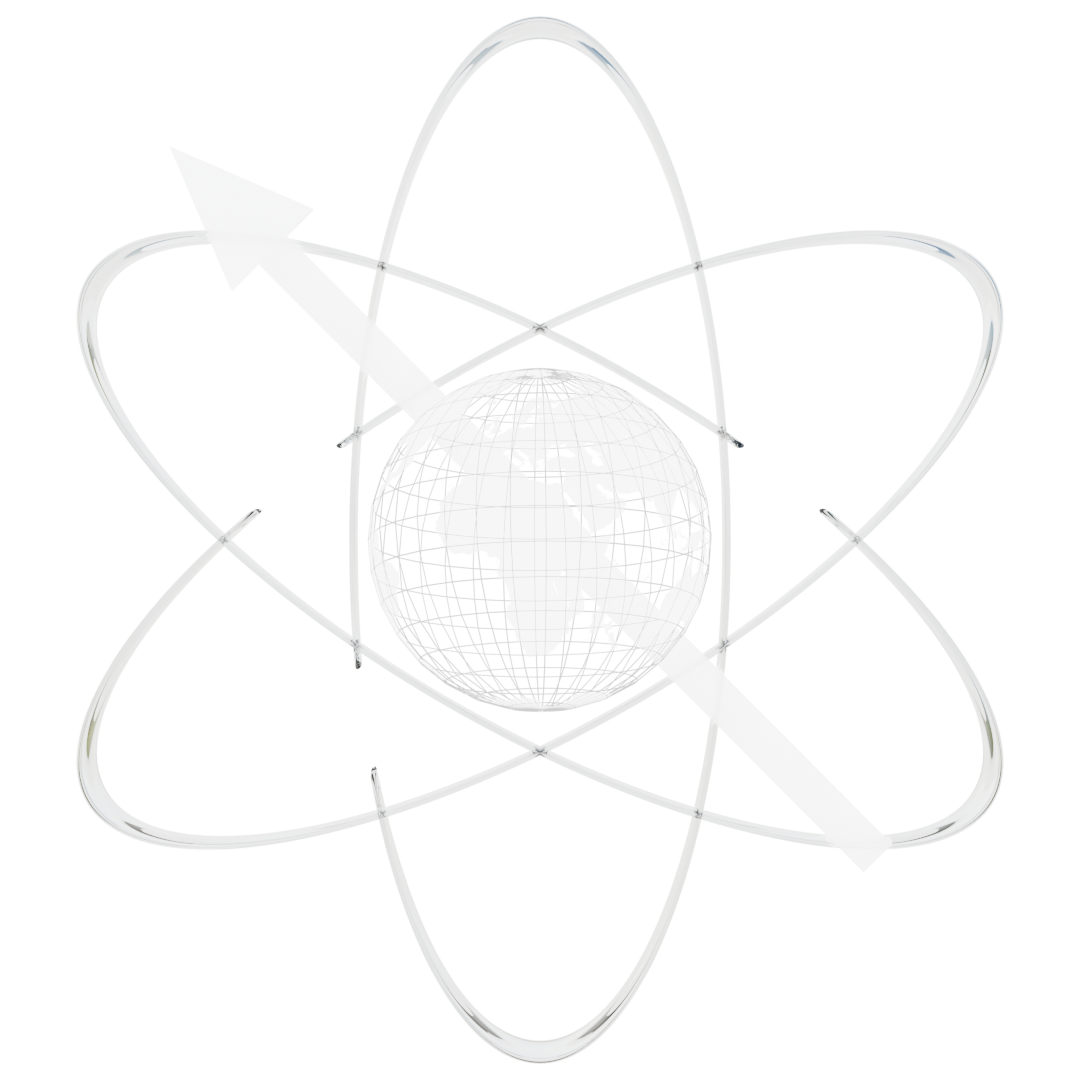Huijing Zou (New York University, United States)
LinkedIn: @Huijing Zou
Abstract: Hydrogel desalination is a recently developed method for removing salt from water. Its mechanism is based on the electrostatic imbalance between the fixed charge groups in the polyelectrolyte hydrogels and the surrounding solution. Combining polyelectrolyte hydrogels with thermoresponsive materials enables a temperature-driven swelling and shrinking cycle, which provides a more energy-efficient way to extract desalinated water from hydrogels by using solar energy. In this study, the interactions between salt ions and sodium polyacrylate hydrogels in NaCl solution were analyzed using NMR spectroscopy. The Na+ ion distribution was characterized by 23Na NMR imaging. The relaxation rates of Na+ in the supernatant and hydrogel phase were measured from 298 K to 318 K. The hydrogels in multi-salt environments were measured under two conditions: one with controlled concentrations of each type of salt, and another with controlled total ionic strength. Furthermore, multiple quantum filtered NMR was applied to analyze quadrupolar interactions between Na+ ions and hydrogels. Current state-of-the-art analyses for studying the ionic flux are based on conductivity measurements. The use of sodium NMR spectroscopy and imaging provides much deeper insights into the salt-rejection mechanisms. The results from this study provide valuable insights for the design of hydrogel structures and the improvement of desalination performance.
-
Thank you for the presentation. Can the amount of Na+ ions in the supernatant quantified by both imaging and relaxation analysis? If so, do the results agree?
-
Hi Jonas, thank you for your comment!
The Na+ ions in the supernatant can be quantified by NMR imaging by using a reference sample (NaCl solution only). We can compare the integrals to estimate the amount of Na+ ions within the detection region. The integral ratio (with half-tube hydrogels: without hydrogels) is 2.51 for 1dzg, and 2.72 for 1d imaging. The relaxation analysis help us understand the Na+ ion mobility. When comparing relaxation rates under different conditions (temperature, multi-salt…), we can get a rough view on how different conditions affect the bound Na+ and free Na+ ions.
Hope this answers your question.
-
-
Hi Huijing, thank you for the presentation. What is the spatial resolution of your imaging measurements, and what is the size of the average piece of hydrogel?
-
Hi Blake, thank you for your comment!
The 1D imaging is done on Bruker AVIII 400 MHz, and has TD=512 and swh=39682.5 Hz, spatial resolution is 152.3 μm. In fact, I haven’t done much measurement on the size of hydrogels and I assume you mean the dried hydrogels, most dried hydrogels I added has a length within 3 mm.
Hope this answers your question!
-

Leave a Reply